What is an adjustment?
What is an adjustment?
◦ Depending on where you go, chiropractors may provide a different explanation for what an adjustment is and why it is helpful. At M2 Chiropractic, we follow the evidence and what research is showing. Adjustments, otherwise known as manipulations, are helpful to help decrease pain and to increase motion or mobility in various areas of the body. When thinking about anatomy, we have bones, tendons, ligaments, muscles fascia and nerves that we treat in chiropractic care. A joint is where two or more bone surfaces come together, which allow for motion to occur. Each joint has a certain amount of motion that should occur based on its purpose, location and function. When an adjustment or manipulation are performed, joint surfaces are separated small amounts (paper-thin amounts) in a quick fashion, which can create a popping sound. The "pop" is what most people associate with chiropractors and an adjustment. The noise is referred to as a cavitation, and it's a gas bubble that is released due to the fluid pressure change within the joint. Typically, that pop is associated with enough motion occurring within the joints that were intended to be adjusted. Often, patients may think the pop is necessary in order for the adjustment to be successful, but that is not true. Sometimes it can take a bit for the joint surfaces to separate enough for a cavitation to actually occur, and some joints may never have a cavitation. That does not mean the adjustment wasn't successful. The idea behind the adjustment is to create motion through these areas, and by creating motion through some the joints, pain relief follows. We can perform an adjustment with not only our hands, but with adjusting tools as well. There are a couple different tools that we can use for this that are incredibly safe and get great results. They typically don't produce a cavitation, but improve motion and decrease pain.
